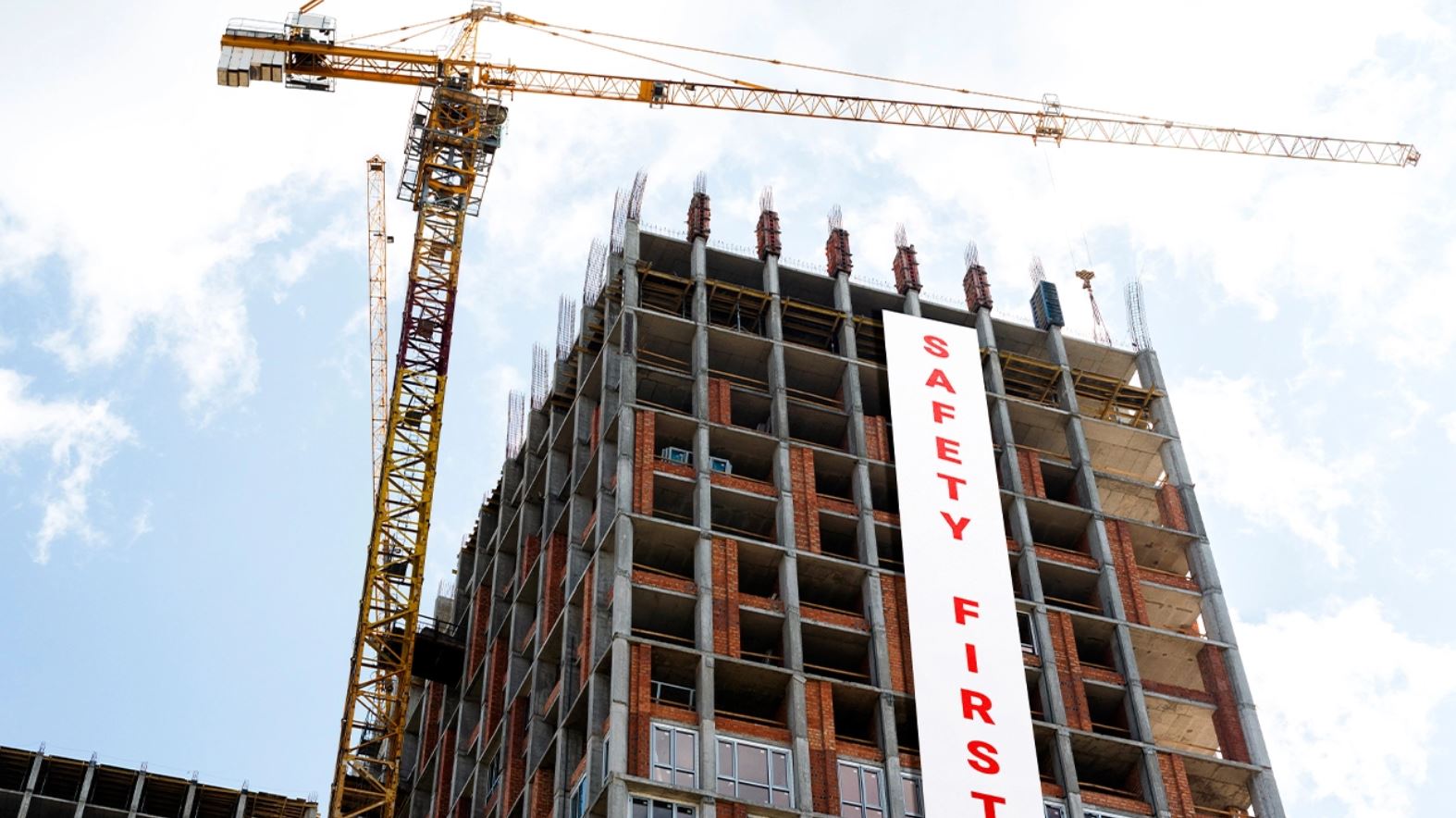 If you’ve ever wondered how a skyscraper can stand tall amid shaking ground, the team at the University of British Columbia (UBC) might have the answer. They recently put an innovative structural system to the test—a design tailored to safeguard a 30-storey Vancouver high‐rise during simulated earthquake events.
If you’ve ever wondered how a skyscraper can stand tall amid shaking ground, the team at the University of British Columbia (UBC) might have the answer. They recently put an innovative structural system to the test—a design tailored to safeguard a 30-storey Vancouver high‐rise during simulated earthquake events.
Under the guidance of civil engineering expert Dr Tony Yang, the researchers conducted over 100 shake‐table trials at the International Joint Research Laboratory of Earthquake Engineering in Shanghai. Their model, one of only a handful worldwide, was exposed to tremours similar to those predicted from the Cascadia Subduction Zone. Dr Yang noted, “The owner can feel confident that the building, its occupants, and its contents are protected during and after significant shaking.”
The system’s clever design incorporates rocking foundations, outriggers, and advanced dampers that allow the building to sway naturally with seismic forces instead of fighting them. By absorbing and dissipating earthquake energy, this setup minimises structural damage. The patented dampers, developed at UBC, ensure that even after severe shaking the building remains operational—a vital benefit for post-quake recovery.
This project marks the first time a concrete-core high-rise has been tested on this scale, offering valuable insights for future designs. By reducing stress on the core and foundations, the approach paves the way for lighter construction and optimised interior spaces. UBC is now working closely with engineering firms and community stakeholders to bring these practical improvements to earthquake-prone areas around the globe.
If you’ve ever wrestled with concerns about building safety during an earthquake, this development should offer some reassurance. It’s a clear demonstration of how smart engineering can work in harmony with natural forces, helping to protect lives and property when it matters most.








